Outstanding Universal Value of Shennongjia
Updated:2023-06-10 Source:Shennongjia National Park
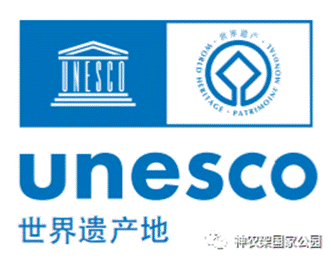
“The sunglow is changing its shape from time to time, and the dense clouds are floating among the lofty mountains.” This is how Li Xian, Emperor Zhongzong of Tang, described the exceptional beauty of the landscape in Shennongjia in his poem over 1,300 years ago.
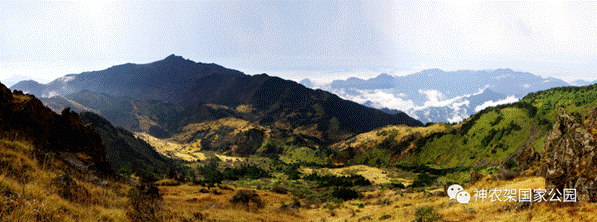
Shennongjia is China’s only administrative area officially named a "Forestry District". Since Shennongjia Forestry District was established in 1970, its development has gone through four stages: extensive exploitation, limited protection, exploration and transformation, and green development. Now, it has abandoned the idea of pursuing economic growth through deforestation and has been working hard on the protection of the forests. Thanks to its efforts to develop eco-economy, the district has been transformed from a poor mountainous place into a well-known destination of ecotourism.
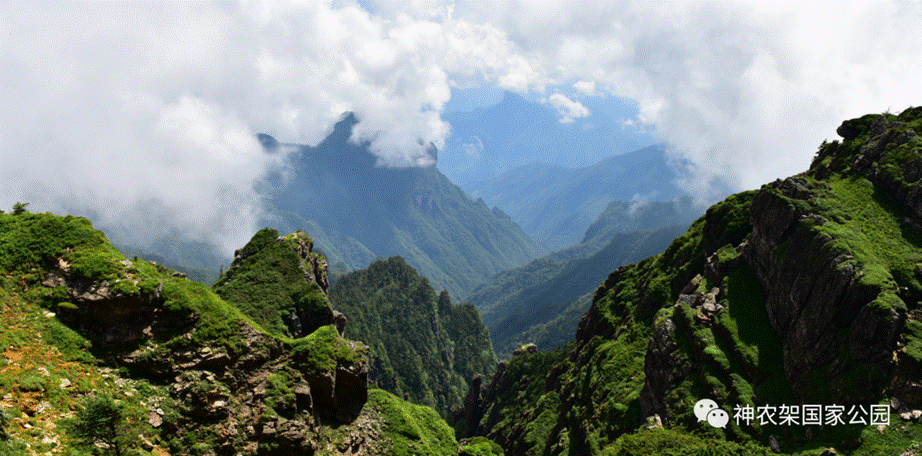
On July 17, 2016, Shennongjia was officially inscribed on the World Heritage List as a natural site at the 40th session of the World Heritage Committee.
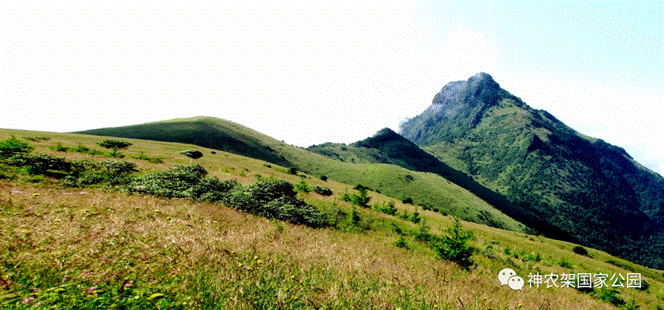
On July 28, 2021, at the 44th session of the World Heritage Committee held in Fuzhou, a part of the Chongqing Wulipo National Nature Reserve officially became part of the Hubei Shennongjia World Heritage Site after a minor modification to the property’s boundaries. Hubei Shennongjia World Heritage Natural Site covers a total area of 796.24 square kilometers including 670.87 square kilometers in Shennongjia Forestry District, 62.31 square kilometers in Badong County, and 63.06 square kilometers in Wushan County, Chongqing City. A buffer zone of 453.90 square kilometers surrounds the property (397.75 square kilometers in Shennongjia Forestry District, 17.61 square kilometers in Badong County, and 38.54 square kilometers in Wushan County). The whole site consists of two components: Laojunshan (104.67 square kilometers) to the east and Shennongding/Badong (691.57 square kilometers) to the west.
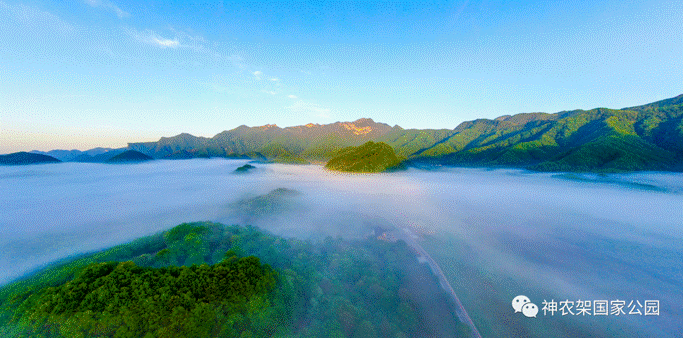
>>>Heritage value of Shennongjia
Shennongjia is an outstanding example of the ongoing ecological processes occurring in the development of intact subtropical mixed broadleaved evergreen and deciduous forest in the Northern Hemisphere. It presents a typical example of mountain altitudinal biological zones in the Oriental Deciduous Forest Biogeographical Province. The property is also an outstanding example for research on the ecological processes of mountain ecosystem along the elevation gradients under global climate change. In addition, the property provides a vital source of global temperate flora and the highest concentration of global temperate genera. The area is also an outstanding example of biological evolution within the Oriental Deciduous Forest Biogeographic Province.
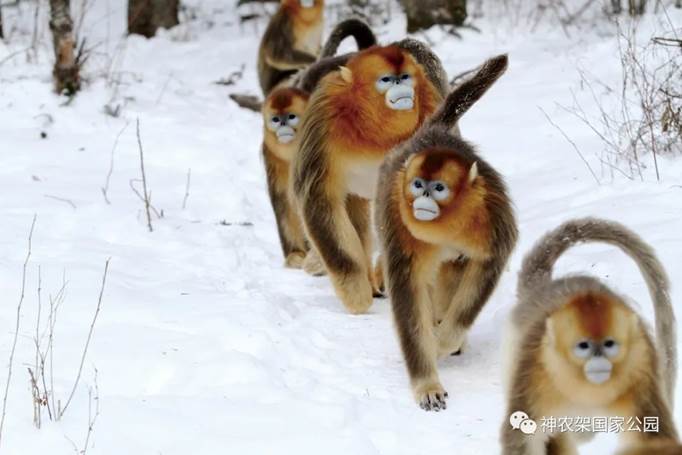
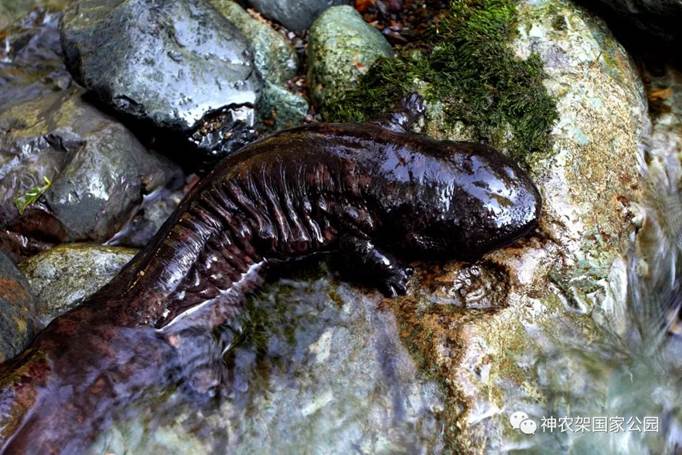
The property has unique terrain and climate, and has been relatively less affected by Quaternary Glaciation. These make the property the ideal habitats for numerous relic, rare, endangered, endemic, and type species, as well as many of the world’s deciduous woody species. These species are of outstanding universal protective and scientific value. The property is an ideal asylum for outstanding biodiversity, providing an integral series of evolutionary process of angiosperm. Hubei Shennongjia covers less than 0.01% of China, but contains 12.5% of the vascular species. It has the richest biodiversity within the Tropical Desert Zone of the Northern Hemisphere.
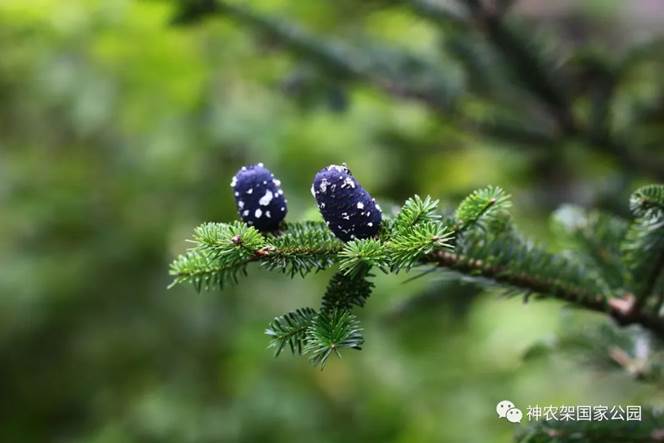
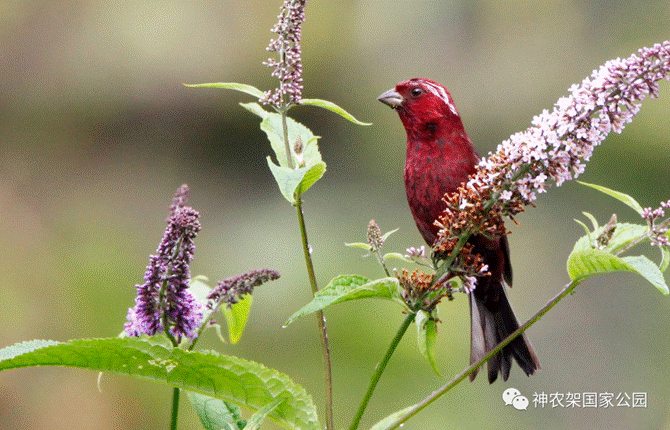
The variety of deciduous woody species at the property is the richest in the world. The property has preserved richful ancient/relic species existing in the Tropical Desert Zone. It therefore offers a record of the ecological and evolutionary processes of Central China’s flora and fauna during the past 350 million years. The property contains important habitats for endangered, endemic and type species that are representative species in the Subtropical Zone. The property has stunningly rich biodiversity, contains a large number of type species, and is the native habitats of lots rare and horticulture species that have been introduced worldwide. It has long been the scientific shrine and research focus on Plant Systematics and Horticultural Science. (By Blood Pitt)
Copyright Shennongjia National Park
Address:36 Chulin Road, Muyu Town, Shennongjia Forestry District, Hubei Province 鄂ICP备18005077号-3
Address:36 Chulin Road, Muyu Town, Shennongjia Forestry District, Hubei Province 鄂ICP备18005077号-3
Email:2673990569@qq.com
Phone:0719-3453368
Phone:0719-3453368


TOP

